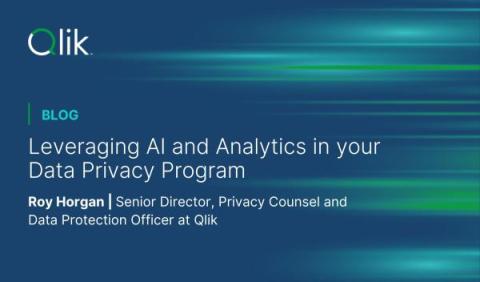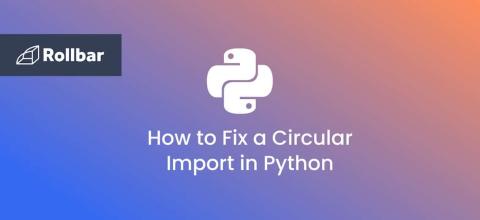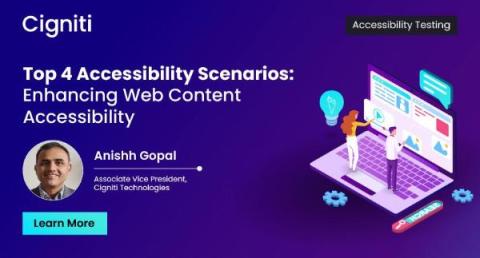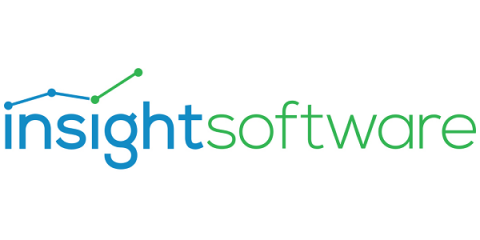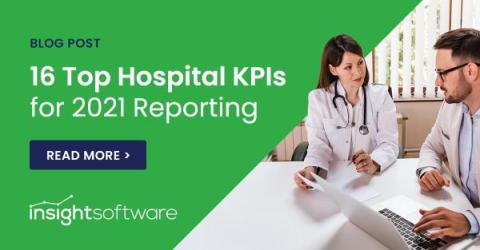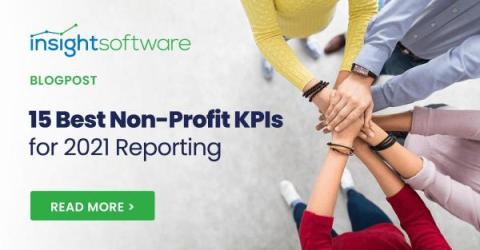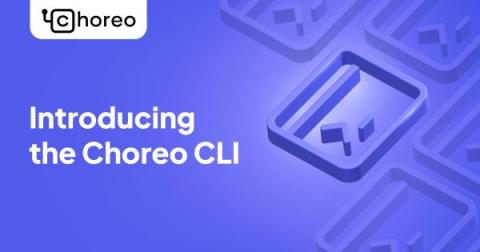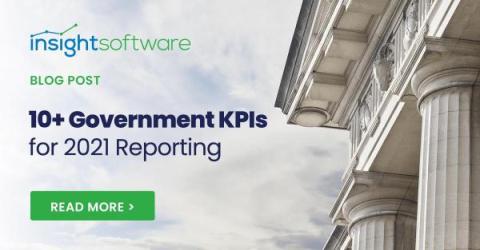Leveraging AI and Analytics in Your Data Privacy Program
In an age of rapid technological transformation, governments are playing regulatory catch-up as they try to keep pace with technological developments and the increasing amount of personal identifiable information (“PII”) generated by our every-day lives. Privacy laws regulating the use of PII continue to strengthen (Gartner estimates that while 10% of the world’s population was covered by comprehensive privacy laws in 2020, by year-end 2024 it will be 75%).


